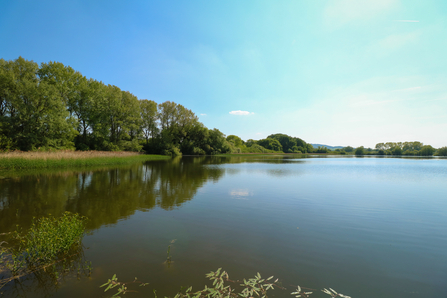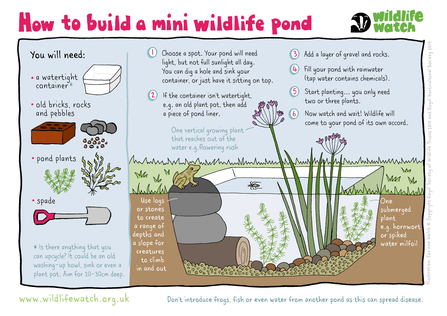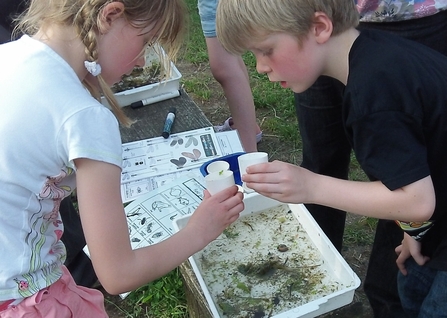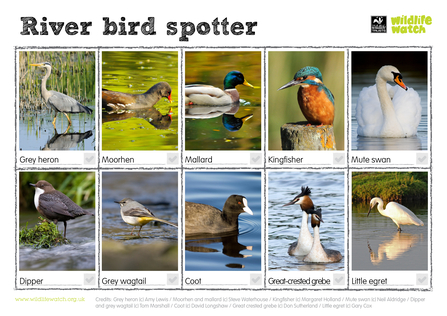Have you heard just how wondrous wetlands are for wildlife? Water and wildlife go together like beans and toast! Wetlands range from small ponds to streams, from long rivers to lakes created in gravel pits – and they are all excellent for wildlife. You can learn more about them here.
Wetlands store water and can help prevent flooding and droughts and that’s extremely important when we’re dealing with the effects of climate change. Reedbeds act as a natural filtration system, cleaning polluted water and improving water quality.
Every year, huge flocks of water birds migrate to the UK’s wetlands in autumn and winter – most of them come here to escape the very cold winters of the Arctic circle and Scandinavia as our weather is milder and there is more food available here.





